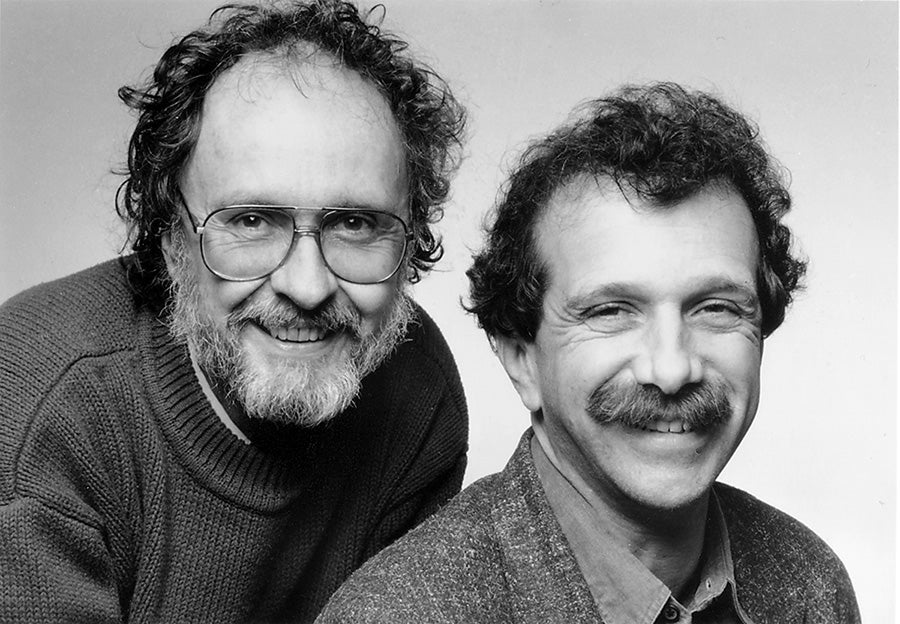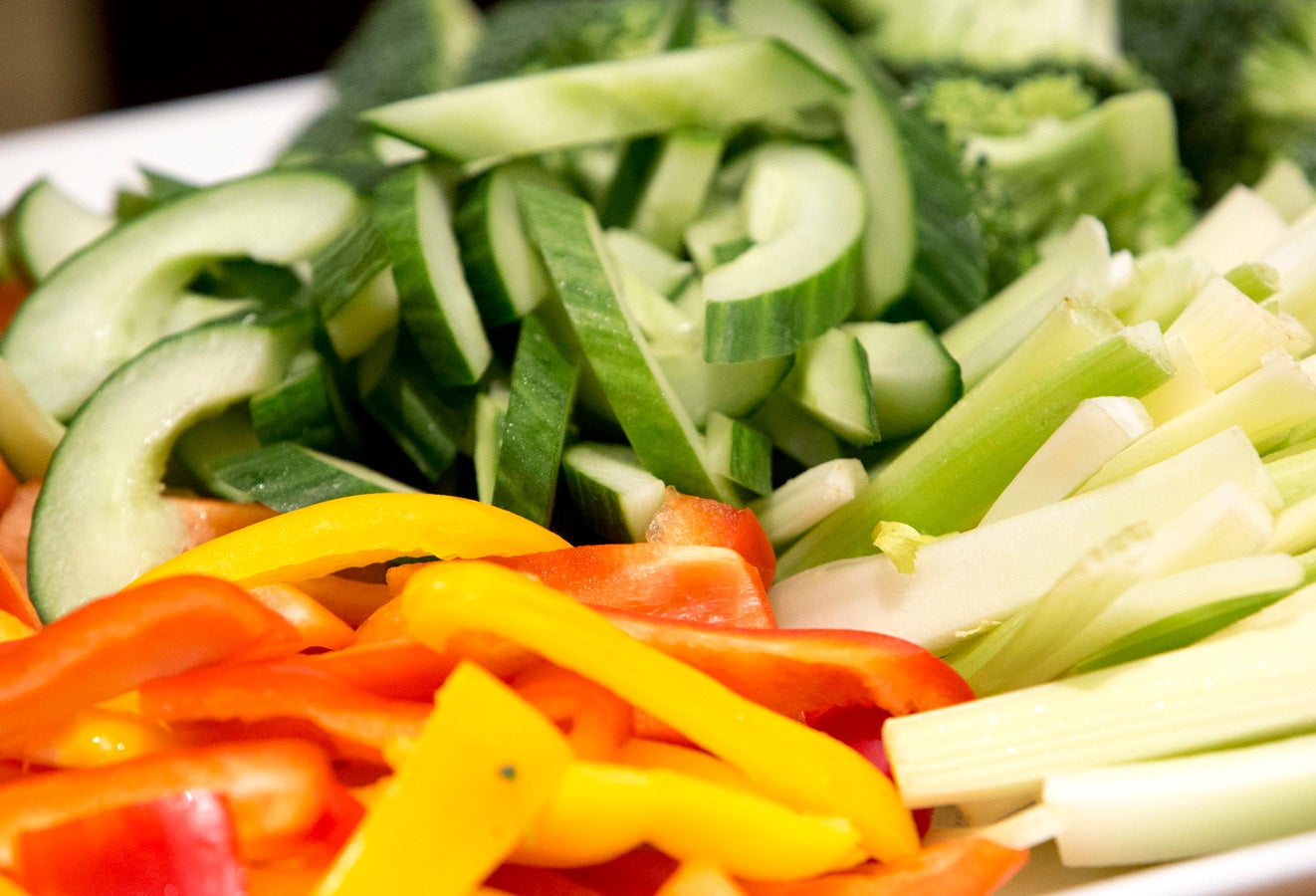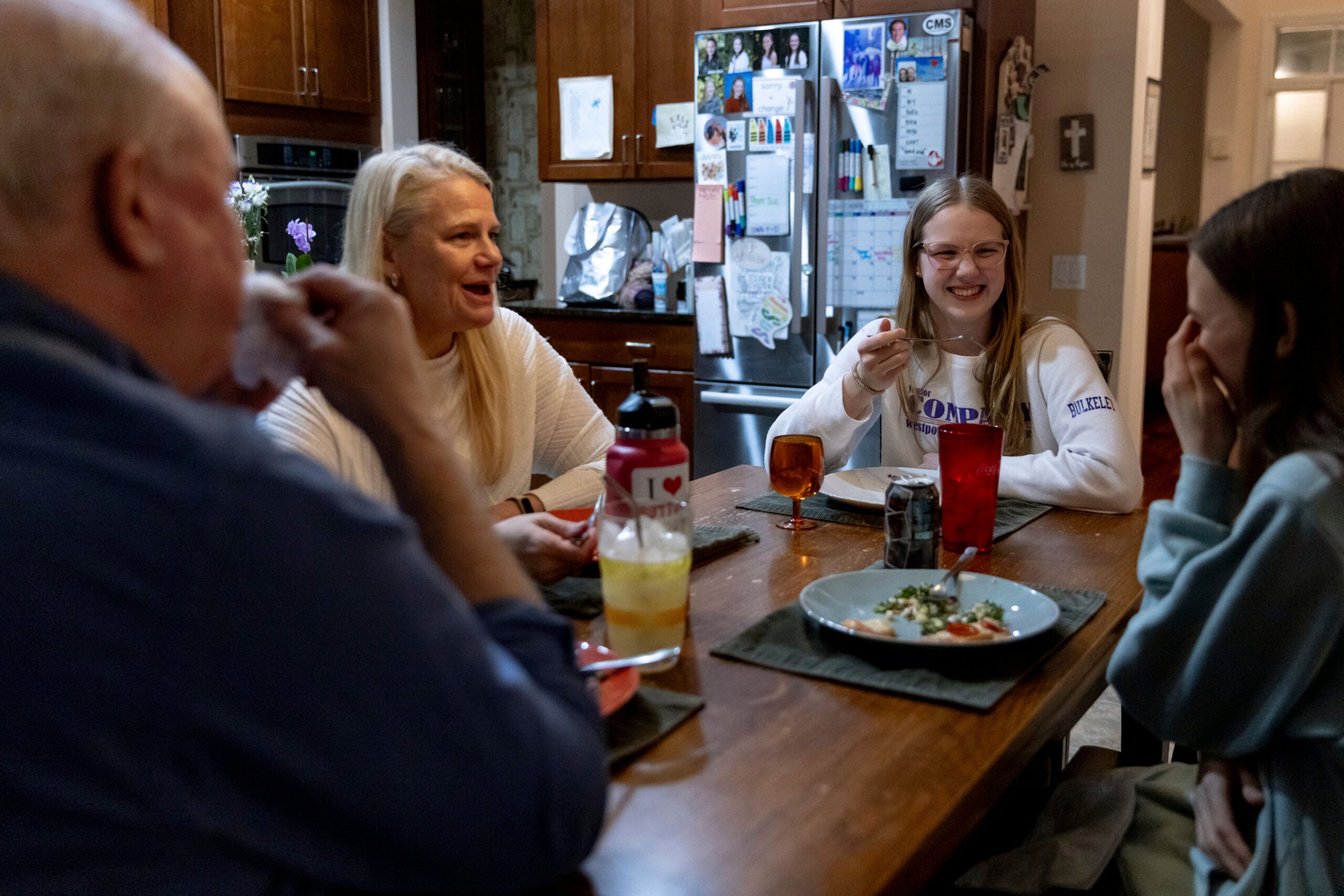When I was a kid, what veggies did my mom serve me? If you’re a typical child of the 1950s, you might remember them — canned green beans, canned lima beans, canned wax beans, canned peas and, if you were lucky, canned corn.
When it came to fresh stuff, it was iceberg lettuce with a side of tomato and, perhaps, some celery.
My, oh, my, how times have changed — for the better. With the onset of good refrigeration, just-in-time delivery trucks, plentiful farmers markets and community-supported agriculture, we now have fresh stuff all year long.
News with a little more humanity
WPR’s “Wisconsin Today” newsletter keeps you connected to the state you love without feeling overwhelmed. No paywall. No agenda. No corporate filter.
A question I get all the time — and I mean all the time — is what veggies are best? What kind of rules might I apply when I’m looking at what to eat tonight?
First off, the darker the color, the more micronutrients you tend to get. That includes vitamins, minerals, carotenoids, flavonoids, etc.
So that iceberg lettuce you buy in the store doesn’t have nearly the nutrition of baby spinach — which, by the way, if you haven’t tried it recently in your salad, try it now. My mom would occasionally serve us canned spinach, something I’ll never eat again. But that’s a far cry from the fresh stuff.
Do you remember the George H.W. Bush quote on broccoli? The late former president once famously said: “I do not like broccoli. And I haven’t liked it since I was a little kid. And my mother made me eat it. And I’m President of the United States.”
Before I go on about the benefits of broccoli and its cousins, the other cruciferous veggies like cauliflower, arugula, bok choy, Brussels sprouts, cabbage and collards, let me chime in on making your kids eat those veggies they don’t want.
Allow me to recommend a book: “French Kids Eat Everything: How Our Family Moved to France, Cured Picky Eating, Banned Snacking and Discovered 10 Simple Rules for Raising Happy, Healthy Eaters.” It’s by Karen Le Billon, and her advice is stellar.
The book is a great treatise on how to introduce lots of different foods, textures and tastes when your child is young. That turns out to be the best way to make them adventurous eaters as they get older.
So, on to the cruciferous veggies. New research published in the British Journal of Nutrition found that high consumption of those vegetables reduces hardening of the arteries.
Since 1998, scientists in Western Australia have been following nearly 700 older women, looking at calcium in their aorta. The more calcium in the arteries, especially the aorta, the more likely you are to have heart disease and strokes. Calcium is a key marker for this, something easy to measure.
How many vegetables did the women have to eat to make the grade? Turns out, not much — about a quarter cup of steamed broccoli or a half cup of raw cabbage. If they had that amount nearly every day, they were a whopping 46 percent less likely to have an extensive buildup of calcium.
My spin: Eat your veggies. Find some cruciferous ones to eat regularly and make them a superfood part of your diet. Stay well.
Wisconsin Public Radio, © Copyright 2025, Board of Regents of the University of Wisconsin System and Wisconsin Educational Communications Board.







